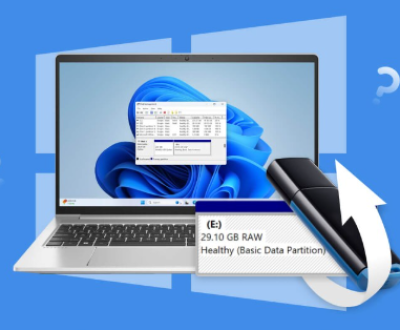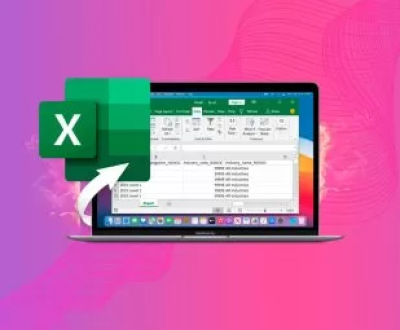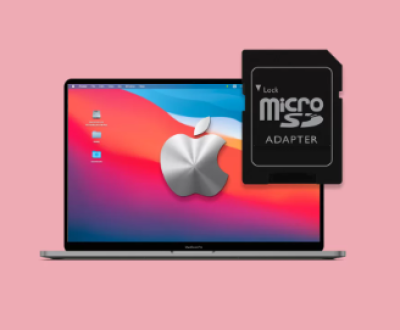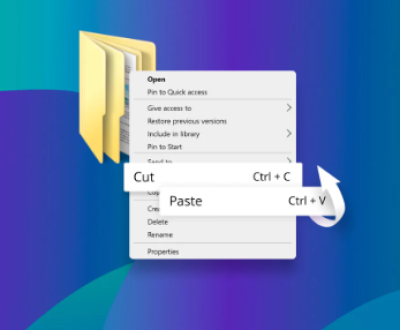SanDisk, being a leading brand in this field, provides reliable storage solutions. However, accidents happen files may get deleted, corrupted, or lost due to various reasons such as formatting errors, virus attacks, or hardware malfunctions. Fortunately, SanDisk file recovery software can help restore lost data efficiently.
SanDisk File Loss Scenarios
Before diving into the recovery process, it’s essential to understand the situations in which file loss can occur:
Accidental Deletion: This is the most common reason for data loss. Files may be accidentally deleted from a SanDisk memory card or USB drive.
Formatting Errors: Formatting a drive without backing up data can wipe out all the stored information. This usually happens when devices prompt users to format the drive after connecting it to a PC.

Corruption Due to Virus or Malware: Malware or virus infections can corrupt data or make it inaccessible. In some cases, files might get deleted automatically.
Improper Ejection: Removing a SanDisk memory card or USB drive without safely ejecting it can lead to data corruption or file loss.
Physical Damage: Physical damage to a SanDisk card can result in unreadable data. While software cannot fix physical issues, it can recover data from slightly damaged drives.
How SanDisk File Recovery Software Works
SanDisk file recovery software functions by scanning the drive for lost data fragments and piecing them back together. When files are deleted or lost, they are not immediately erased from the memory device; rather, the space they occupy is marked as available for new data. Until this space is overwritten, file recovery is possible.
Key features of SanDisk file recovery software include:
Deep Scanning: The software uses advanced algorithms to perform a thorough scan, identifying recoverable files by analyzing file signatures.
File Preview: Many SanDisk recovery tools provide a file preview option, allowing you to see the recoverable data before initiating the recovery process.
Selective Recovery: Users can choose which files to recover, making it a more efficient process, especially when dealing with large volumes of data.
Step-by-Step Guide to Recovering Files with SanDisk File Recovery Software
Here’s a detailed guide on how to recover lost or deleted files from your SanDisk memory card or USB drive using SanDisk file recovery software:
Step 1: Stop Using the SanDisk Device
As soon as you realize that your files are lost, stop using the SanDisk device immediately. Continued usage may overwrite the space where the deleted files are stored, reducing the chances of successful recovery.
Step 2: Download and Install SanDisk File Recovery Software
Several data recovery tools are available, but for this guide, we will focus on SanDisk RescuePRO Deluxe—one of the most popular recovery solutions specifically designed for SanDisk products. Here’s how to get started:
Go to the official SanDisk website or a trusted vendor site to download the RescuePRO Deluxe software.
Choose the version compatible with your operating system (Windows or Mac).
Follow the installation prompts to install the software on your PC or Mac.
Step 3: Connect Your SanDisk Device
Once the software is installed, connect the SanDisk memory card or USB drive to your computer using a card reader or USB port. Ensure that the device is properly recognized by your system before proceeding.
Step 4: Launch the SanDisk File Recovery Software
Open the RescuePRO Deluxe software, and you’ll be greeted with a simple, user-friendly interface. The software will automatically detect the connected SanDisk device.
Step 5: Select the SanDisk Drive
In the main window, you will see a list of available drives on your computer. Select the SanDisk device from which you want to recover the data. Make sure to select the correct drive, especially if you have multiple external storage devices connected.
Step 6: Choose the Type of Scan
SanDisk file recovery software offers two main scanning options:
Quick Scan: This is a faster option and works best for recently deleted files. It quickly scans the device for recoverable files.
Deep Scan: If the quick scan doesn’t find your files or if the data has been lost for a while, use the deep scan option. This method takes longer but scans the device more thoroughly, improving the chances of file recovery.
For a more comprehensive recovery, it’s recommended to choose the deep scan.
Step 7: Start the Scan
Click the “Start” button to initiate the scan. The software will now search the SanDisk device for lost or deleted files. Depending on the size of the drive and the number of files, the scan may take some time. During this process, the software will display progress indicators, giving you an estimate of how long the scan will take.
Step 8: Preview and Select Files for Recovery
Once the scan is complete, you’ll be able to see a list of all the recoverable files. Many SanDisk recovery tools allow you to preview files before recovery. This feature is especially useful for images, documents, and media files, as you can verify their integrity before recovering them.
Use the preview option to identify the files you want to restore, then select them by ticking the checkboxes next to each file.
Step 9: Choose a Recovery Location
One of the most crucial steps is selecting where to save the recovered files. It is important to never save recovered files to the same SanDisk device from which they were lost, as this could overwrite other recoverable data. Instead, save them to a different drive or an external storage device.
Step 10: Recover the Files
After selecting the recovery location, click the “Recover” button. The software will then begin restoring the selected files. Depending on the amount of data and the speed of your system, this process can take several minutes to complete.
Tips for Optimizing File Recovery Success
Recovering lost data from a SanDisk device is often possible, but there are several tips to increase the chances of a successful recovery:
Act Quickly: The sooner you attempt to recover lost files, the better. As mentioned, deleted files are not erased immediately but remain recoverable until the space is overwritten by new data.
Avoid Writing New Data: As soon as you detect data loss, stop using the SanDisk device. Every new file written to the device increases the chance of overwriting the deleted files, making them unrecoverable.
Use Trusted Recovery Software: Always opt for reputable data recovery software. Some recovery programs may not be reliable and could even damage your files further.
Consider a Backup Plan: To avoid future data loss, consider establishing a regular backup routine. Backup software can automatically copy your data to a secure location, ensuring you have a fallback option in case of future loss.
Free Alternatives to SanDisk File Recovery Software
Panda Assistant is a cutting-edge data recovery software designed to help users recover lost, deleted, or corrupted files from various storage devices, including SD cards, USB drives, and external hard drives. Its intuitive interface makes it easy for anyone, regardless of technical expertise, to navigate and execute recovery tasks effectively.
The software features powerful scanning algorithms that perform both quick and deep scans, enabling users to retrieve a wide range of file types, such as photos, videos, documents, and more. With Panda Assistant, you can quickly restore files lost due to accidental deletion, formatting errors, or corruption.
When to Consider Professional Recovery Services
While SanDisk file recovery software can handle most data loss scenarios, there are cases where professional data recovery services might be necessary:
Severe Physical Damage: If the SanDisk memory card or USB drive is physically damaged, file recovery software won’t be able to access the files.
Corrupted Firmware: If the device’s firmware is corrupted, it may prevent the software from recognizing or reading the SanDisk device.
Complex Recoveries: In cases of highly sensitive or critical data, professional recovery services might be the safest route to avoid further data loss.
Professional data recovery services use specialized tools and techniques to recover data from severely damaged or corrupted devices, though they can be expensive.
About us and this blog
Panda Assistant is built on the latest data recovery algorithms, ensuring that no file is too damaged, too lost, or too corrupted to be recovered.
Request a free quote
We believe that data recovery shouldn’t be a daunting task. That’s why we’ve designed Panda Assistant to be as easy to use as it is powerful. With a few clicks, you can initiate a scan, preview recoverable files, and restore your data all within a matter of minutes.
Subscribe to our newsletter!
More from our blog
See all postsRecent Posts
- Retrieve files from usb 2025-07-04
- How to retrieve overwritten excel file 2025-07-04
- How to retrieve lost files on sd card 2025-07-04

 Try lt Free
Try lt Free Recovery success rate of up to
Recovery success rate of up to









